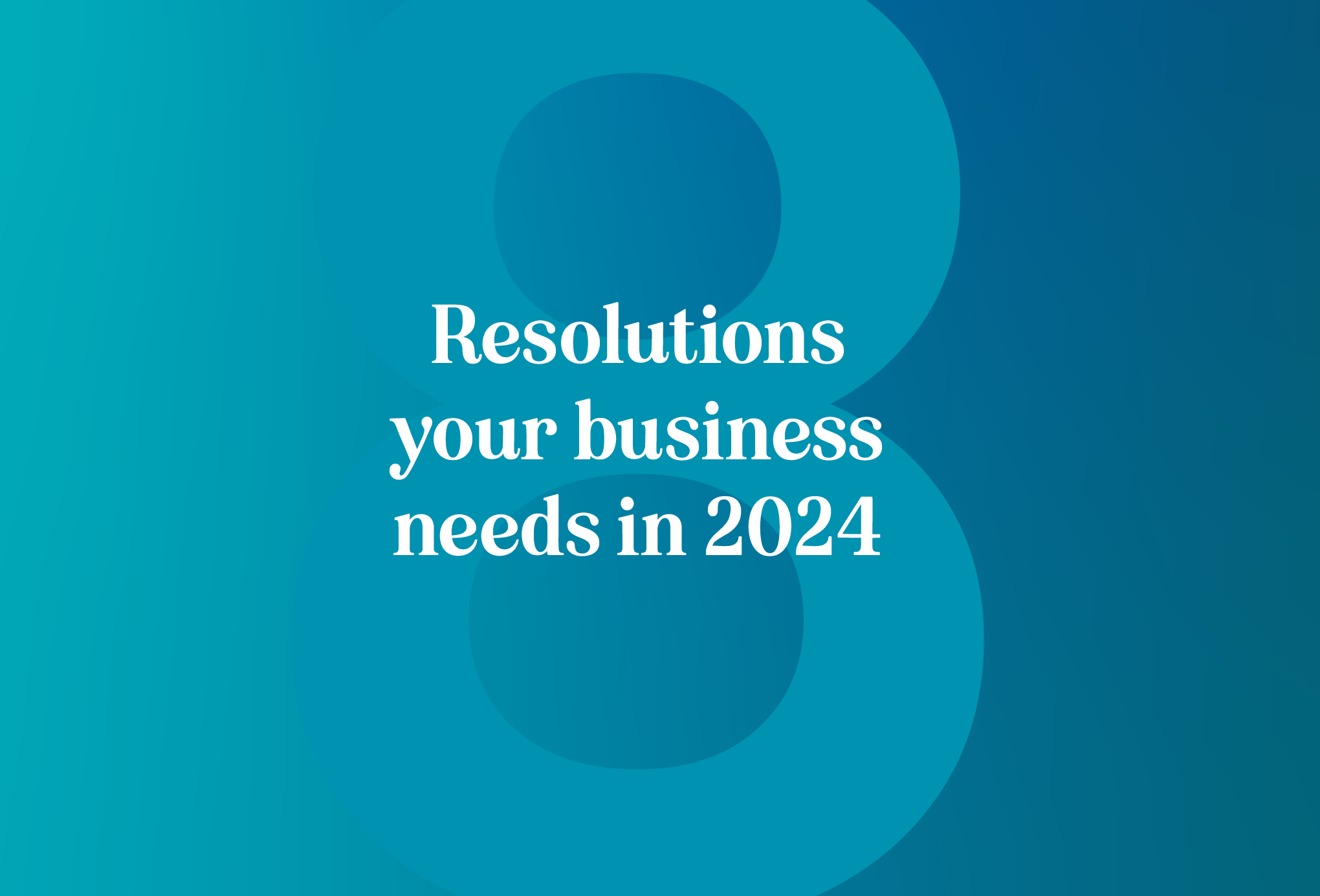How Your Marketing Impacts Consumer Behavior
Consumer behavior is complicated! However, if you take the time to deconstruct it, you can break it down into a few key points that you can then put your focus on. At Bluegrass, our marketing strategy is centered on how consumers think and make decisions. Let’s break down the psychology of human behavior to better understand how marketing decisions impact consumer decisions.
First & Foremost, Know Your Role
As a marketer, your primary role is to understand consumer behavior at its most basic level. How do places like Bluegrass quantify human psychology? We model consumer decision-making, breaking consumer choices into personal values, rationale, style, and many other qualifiers that we can then work with to develop vivid representations of the average consumer for your business.
Most Consumer Decisions Are Problem-Based
Put yourself into the role of a consumer (it’s not hard; we’re all consumers!). Now, think about what drives your decision-making on a day-to-day basis. For the most part, you probably find yourself buying products or paying for services that provide you with a solution to a problem. I’d even venture to say that you’d struggle to find a consumer choice you’ve made that didn’t solve something.
- Are you hungry? Maybe you’ll recall the billboard for a new burger at your favorite fast food.
- When it rains, does your basement get wet? You probably can recall that lawn sign you drove by for a local gutter company.
- Is your dog itching more than usual? What was the name of that funny flea medicine commercial where the puppies sing?
With that, you have the magic of marketing’s role in problem-based consumer advertising.
Consumer Behavior Can Be Rational or Emotional; Know Which is Which
We like to group consumer behavior into two main groups. Of course, they can overlap, but for the most part, models take either one or the other group into account.
Rational Consumer Choice
When we describe consumer behavior as “rational”, we simply mean that it’s a choice that is being made out of necessity. This includes rather straightforward stuff like grocery shopping or buying a new pair of shoes for your child’s first day of school.
A consumer makes rational choices when they a.) Know they need something b.) Have done research beforehand. So, how do you cater to this crowd? We recommend that you market your product or service in a way that is discoverable and supplies a lot of enticing information.
For instance, run a series of commercials featuring your unique brand of shoe. Put it in a first-day-of-school context. Show that it’s stylish, durable, and the choice that a responsible parent would make.
Emotional Consumer Choice
We’ve all heard of, and fallen victim to the “impulse buy”. Big or small, these purchases are done spur-of-the-moment and often because the product quickly entices the consumer by giving them the impression that they’re missing out on whatever it is that that product can provide.
An example of an emotional choice could be a consumer’s choice of what to have for dinner. They’ve had a long day at work and know they need to make dinner soon. Then a commercial comes on television for a delicious looking pizza. Not only does the pizza look enticing, but you also get a free dessert with your order. They look back on the long, tiring day and decide to order the pizza and dessert. Now that they no longer have to make dinner, they can relax, continue watching television and wait for dinner to be delivered to their front door.
Rational, Emotional; It’s All in the Demo
While rational and emotional decision-making comes from two completely different thought processes, they have one thing in common to a marketer; they can be identified and marketed to. We include this in our demographic research.
The demographic of your primary consumers inform how we develop your messaging. Whether or not the primary source of choice is rational or emotional plays into this. Sometimes, they work in tandem. These are the kinds of considerations we make as a marketing firm; does this product or service appeal to emotional buyers, to rational ones, or both? With that said, how do we appeal to those situations? The answers to these questions drive our campaigning.
Customer Support Means Consumer Advocacy
Lastly, consumer psychology is very much still accounted for well after a purchase has been made. Sure, you’ve done the work of snagging a customer, but, you don’t leave them high and dry after you’ve accepted their money.
Now, you need to support that customer for as long as they require it. This adherence to customer support will pay back exponentially as consumer advocacy. No matter how perfect your marketing strategy is, your message will never carry as much weight as word of mouth. When consumers like your product and brand, they’ll recommend you to their peers. The driving force behind this level of advocacy falls squarely on the shoulders of customer support. The kinder and more generous you are to your customers, the more they’ll support you.
Consumer Psychology is an Onion
Hear me out. Consumer psychology is an onion; it has layers. You have to peel each of them back to get the full picture. You can’t simply look at the exterior and think you have an appreciation for what’s inside. It requires understanding, strategy, and empathy. That’s where our expertise lies; not in flashy writing, graphic design, or technical skill, but in an ability to understand human nature.
Interested in how Bluegrass can help?
See what we can do.
You may also like...





